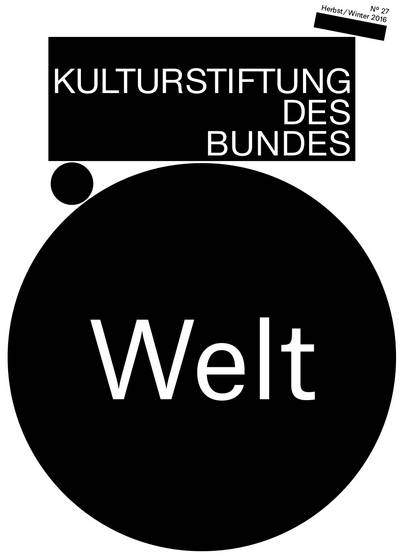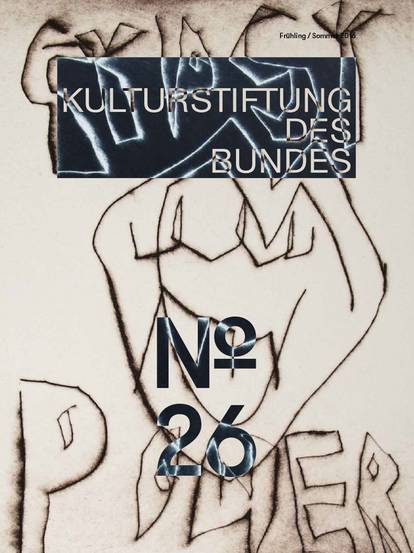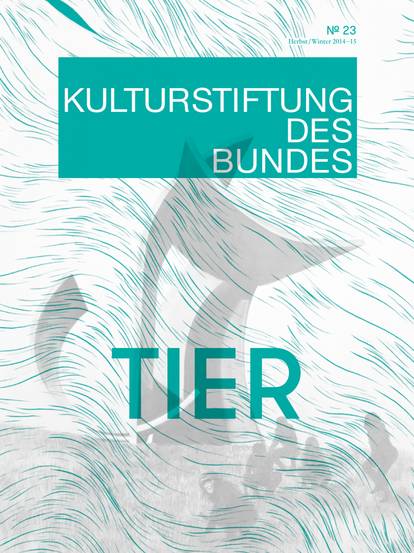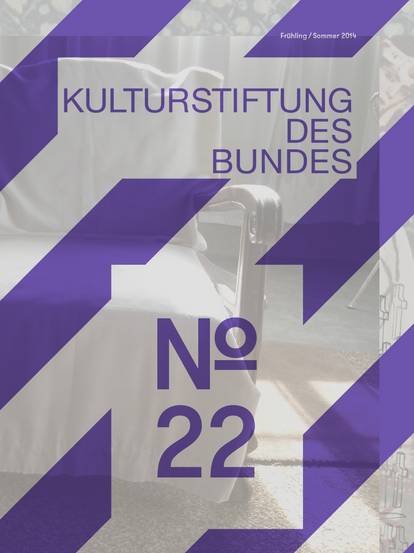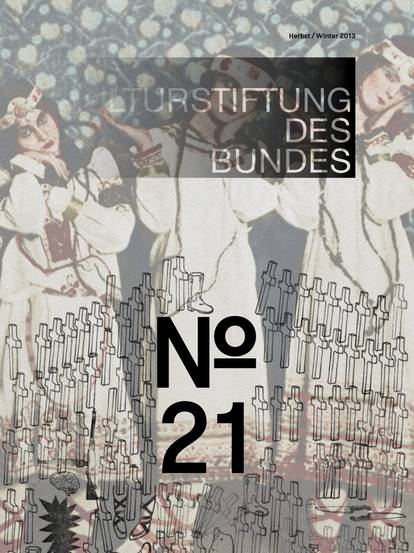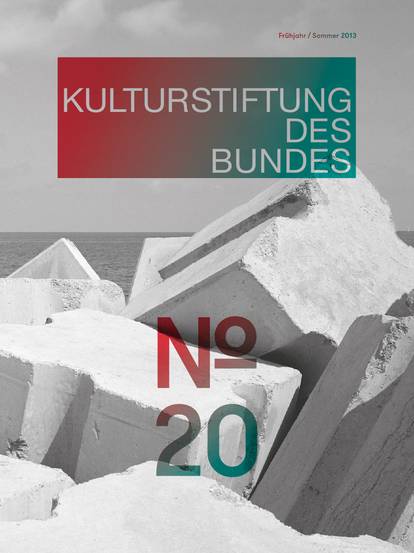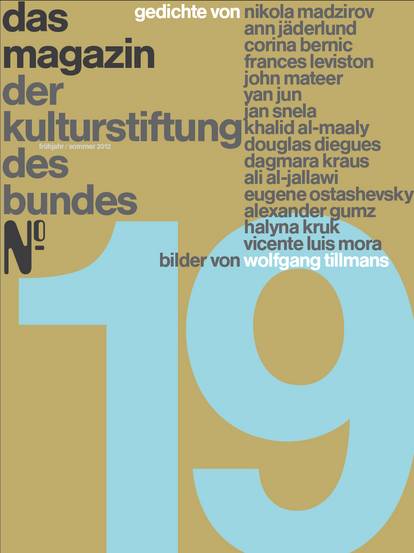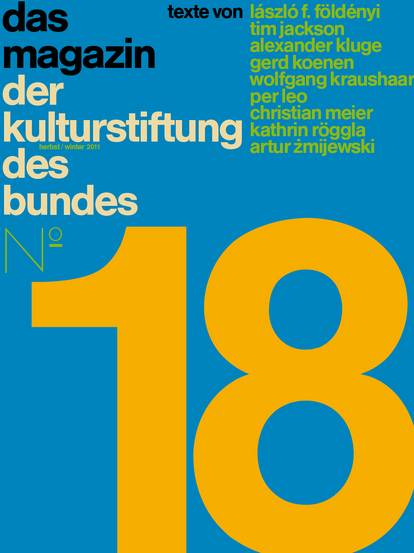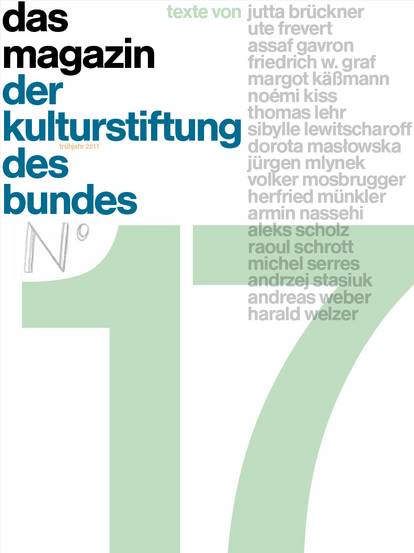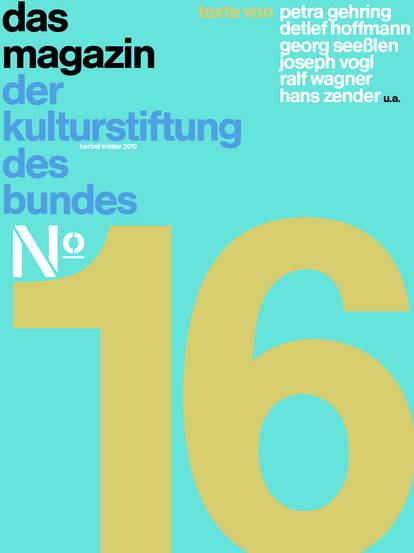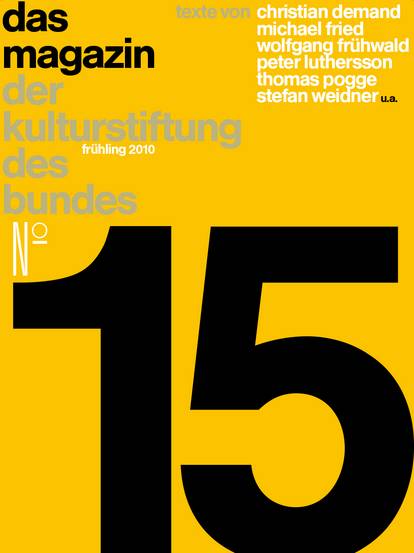Having grown up in a world driven by global exploitation, we can only imagine intercultural collaboration as a continuation of such exploitation. In the mindset of the Western mainstream, solidarity is regarded as invasive. Enduring contradictions, and often failing to surmount them, is considered irresponsible. Milo Rau asks how we might nonetheless attempt an extreme, revolutionary, “global art”.
Last year we filmed a “New Gospel” with former actors from the Jesus films by Pier Paolo Pasolini and Mel Gibson, along with a cast of Italian farmers and African plantation workers and activists. In the region around Matera, which is both the 2019 European Capital of Culture and the film location of “The Gospel According to Matthew” and “The Passion of the Christ”, there are an estimated 500,000 refugees from Africa waiting for asylum. They live in barracks and makeshift tents, are neither allowed to return to their home countries nor continue their journey because of the Dublin Regulation, and are forced to work on tomato farms and orange plantations for a pittance. With these cheap goods, the producers flood the refugees’ home countries and destroy the agricultural sector there. A perfect – and inexorably cynical – neoliberal economic cycle. What could be more fitting than reintroducing the socio-revolutionary mythos of the Jesus movement in the 21st century?
When we accompanied the Jesus actor of our “New Gospel”, the former plantation worker-turned-activist Yvan Sagnet as he called on the refugees to demonstrate against their illegalisation, it was an open – and definitely dangerous – revolt against the prevailing circumstances. The southern Italian agricultural industry is controlled by the Italian and Nigerian mafias which in turn cooperate with the major food corporations. The various national refugee groups are played off against one another by the state and the companies. The aim of Sagnet’s revolt, however, was to unite the groups in their struggle for rights and dignity: African and Italian farm labourers, sex workers and traditional unions, small farmers and internationally active NGOs.
While the “The New Gospel” was being made (scheduled for release in autumn 2020), the “Revolt of Dignity” led to of another project, the “Houses of Dignity”, initiated in large part by our dramaturge Eva-Maria Bertschy and Yvan Sagnet. This project allowed 50 homeless and illegal actors, who had been involved in the “New Gospel”, to obtain a fixed address, and with it, official papers. By the end of the year, their number will hopefully grow to 1,350. Similar to the “Congo Tribunal” a few years ago, a project that created a transnational tribunal for economic crimes committed by Western companies in Eastern Congo, the “New Gospel” is more than an art project and not just a film. It is an act of civil self-empowerment. It creates living environments and spaces for action which were never intended in a global economic system.
“Where politics fails, only art can help,” wrote DIE ZEIT in a review of the “Congo Tribunal”. Paradoxically, there is only one global economy, one global climate, global information channels and refugee flows. But there is no single global civic society or global legislation. It must first be created by our generation – project-oriented, utopian and incomplete. The question that arises in all projects of this kind – such as “Antigone in the Amazon”, for which we are currently collaborating with indigenous activists and the landless movement in the Brazilian Amazon – is what side effects come with self-empowerment? Isn’t the danger of “global realism” that those deprived of their rights and dignity simply reassume their role as exploited individuals by the artistic superstructure of global capitalism? I believe this problem really exists. I think that global solidarity or art should more or less be assessed by how they address these contradictions, how they highlight them. But more importantly, not merely to highlight them and so doing, wallow in narcissistic overreactions (e.g. white guilt etc.), but try to explore them despite their contradictory nature. I would even say that the term “art” as we Europeans have used it since the Romantic period, no longer works in this context – which is why I suggested the term “Unst” (a variation of Kunst, the German word for art) ten years ago. It embodies the idea that art is not merely a product but rather represents an act of solidarity between art producers. Or in other words, describing projects like the “New Gospel“ as art in a civic sense, i.e. as an invitation to create a “work” or an “exhibition”, a “publication” or a “premiere”, is merely a trick to create a space where civic self-empowerment is possible. In making the “New Gospel” – which is a movie, an exhibition, a religious spectacle and a political campaign – the image politics of the film (a black Jesus, female apostles) were just as important to us as supporting the first migrant-run plantation in Italy (which will continue receiving support in the future). It was important to us to build a row of houses for the participants in the project who are still living in barracks, and to enable them to obtain official papers. Despite all its limitations, we wanted this “New Gospel” to serve as a revolutionary example of post-capitalist land appropriation, an experiment in realpolitik which attempts to reconcile the concepts of migration and homeland which are currently being played against each other in the identity-political arena.
And no matter how much of this succeeds or fails, I believe that global art opens realms of possibility, it brings distantly remote and seemingly unrelated things together, in this case, a white European-Middle Eastern mythos and a black saviour, religion and revolution, “soft” images and “hard” realpolitik. Matthias Lilienthal once said he would “prefer good social work over bad art”; in global realism, however, aesthetic and social imagination are inherently and non-hierarchically linked. Mnouchkine, Brecht, Schlingensief or Beuys: Were they social revolutionaries, politicians or artists? What about Simone de Beauvoir? Or Che Guevara? Or Pussy Riot? Are they agents of self-realisation or universalists? Are they not the embodiment of both – and so being, ultimately entangled themselves in inextricable contradictions as Srećko Horvat writes in “The Radicality of Love”?
A consequence of globalisation is that the cause and effect of power used for martial economic, ecological or simply psychological purposes are separated from one another. We consume images and raw materials which are produced in areas of the world unknown to us. In reference to European industrial nations, the sociologist Stephan Lessenich coined the term “externalisation societies” meaning that the social and environmental consequences of our lifestyle are outsourced to Africa, the Middle East or to refugee camps on Europe’s periphery – in the same way cities shifted their problems to their outskirts centuries ago. Global realism is now trying to reverse this externalisation process through civic projects. I believe that civic art, which – though avant-garde as it may be – shall always remain identity-based and no longer makes sense in global capitalism because there is no outside position. Only when we regard seemingly foreign and distant conflicts as our own do we rise to the level of global streams of capital and consciousness.
Jesus returns to Europe – but his time from Cameroon and his apostles are refugees, farm labourers, sex workers, anarchists, philosophers – but also police officers, simple Italian citizens, actors. Of course, the problem with such inclusive, globally minded aesthetics is that the problems of an imperial outer world suddenly become problems of an internal and artistic one. Wherever state authority is absent, it is occasionally necessary to collaborate (at least momentarily) with local mafia-like power structures or the corrupt elite. Or organisers engage in intercultural debates whose real potential for violence is only revealed during the project (“Orestes in Mosul”). In short, by working outside the safe boundaries of Western discourse, one is confronted with the truth of the existing circumstances. What the projects internally reveal is the “nakedness” of capitalism which Marx had localised “in the colonies”, on which the Western welfare state and thereby our democracy rest. As I wrote five years ago while taking the film version of the first “Congo Tribunal” on tour through Eastern Congo, the global artist becomes a “capitalist of suffering”: the system and the sensitivity driven by this system is stronger than the intention, or even reality. No matter what we do, it is assimilated in antiquated systems of representation and perception. For global art generally goes “too far” both fundamentally and methodically.
This especially applies – at least in our experience – to differences in status and questions of identity politics. Externalised contradictions become shared contradictions, theoretical debates turn into real problems, and “cold” facts evolve into “hot” problems. Conflicts arise, but also – if you regard them dialectically – as mutual learning and long-term exchange processes. Working at a global level entails creating networks not provided for in the current system which allow for theoretical debate and practical solidarity. “This is the only art that helps us,” said Yvan Sagnet at a panel discussion on the “New Gospel” and the “Revolt of Dignity” several weeks ago. When one works in areas “without any cultural infrastructure” – as stated in Rule 9 of the “Ghent Manifesto” – then new cultural infrastructures are certain to arise. Like in Eastern Congo where there were simply no camera operators nor theatre venues. Or like in Iraq where female and queer actors are not allowed to perform, people have worked together to make such performances possible.
Because there are no existing structures to fall back on, no canon or codex – or if they do exist, these must be abandoned in order to create the necessary opportunities – such projects are extremely time-consuming and work-intensive. The work on the “Congo Tribunal” began at the end of the 2000s, and in 2015, we staged the first Congo tribunal. Another five years later, in September 2020, we will be staging the second tribunal, filmed by a local production company. “Orestes in Mosul”, on the other hand, is a documentation of an Orestes workshop we held in March 2019, the preliminary culmination of an exchange entitled “Empire”, which we had begun in northern Iraq in the summer of 2016. As they say in the Ghent Manifesto: “Theatre is not a product, it is a production process”.
Of course, none of this is evident in the speculative criticism of such long-term processes. The reviews by traditional academic journals and newspapers consciously ignore the social or structural aspects of such projects, arguing it should be “just about the piece” or “just about the artists” – which then naturally falls upon the artists as an accusation. Why did the critics (and not only the Italians and not only the right-wing conservatives) revert to using words like “arrogance”, “delusions of grandeur”, “positive racism” and “tokenism” in reference to Yvan Sagnet’s and the other activists’ decision to play the role of Jesus or the Apostles? I assume this derives from a – largely unconscious – traditionally civic concept of art which is accustomed to culturally homogenous production structures cleansed of all social conflicts. Whenever actors possess more or less the same background of experience, the reviews are logically “about the art” and not about the participants, about the product and not the production process. Bitterly waged intercultural conflicts as they exist in Mosul, Congo and even in European projects like “Lam Gods” or the “European Trilogy”do not appear as deliberately stoked conflicts by all the participants, but rather merely as a scandal that a more professional team would have known to avoid. No wonder – to paraphrase Brecht – one learns as much about global art production from such conventionally written critiques as one would learn about the working conditions in a factory from a photo of its facade – beyond the aesthetic preferences of the artistic team and the critic, Western moral common sense and its vocabulary and what they have in common, very little indeed.
I remember how Schlingensief’s Operndorf was dismissed as a Western artist’s self-righteous revel in self-fulfilment – much like Simone de Beauvoir but even harsher when she expressed solidarity with non-European freedom movements. Which is understandable - having grown up in a world driven by global exploitation, we can only imagine intercultural collaboration as a continuation of such exploitation. In the mindset of the Western mainstream, solidarity is regarded as invasive. Enduring contradictions, and often failing to surmount them, is considered irresponsible. We artists participate in this game of externalisation by presenting morally and politically shiny facades, or even worse, no longer address global art or the contradictions of art production out of fear of getting caught in the crossfire of an overheated debate about identity. That is why Rule 2 of the Ghent Manifesto states that all rehearsals are open to the public and employees may speak to the media (or whomever they wish). In order to make contradictions visible and negotiable, we produced a film about the rehearsals of “Lam Gods” (my first production in Ghent), as well as one about “Orestes in Mosul”. These films show, as will be the case in the “New Gospel”, an imperfect, cautious and often frenetic process of exploration. For indeed, every realism – and global realism, in particular – is a minefield and highly questionable. Who represents what? Who decides what should be played? In the Eastern Congo, in the Italian refugee camps or in Iraq, such questions keep local and European partners awake at night. Despite many years of collaboration, there is a dreadful sense of inadequate social sustainability which leaves many in my team exhausted and hopeless. Be it in Ghent or Goma, it is incredibly difficult to work with people from the most diverse walks of life who hold widely differing political views. We push and are pushed, we convinced and let ourselves be convinced, we come to an agreement – only to see the debate reignite the next day. The result is improbable moments of solidarity; they also collapse sometimes due to the constant pressure from within and without.
But first the points of friction – for instance, the wonderful but strange fact (for me at least as an atheist) that the Catholic church is now supporting the “Houses of Dignity”, or the collaboration taking place between the actors, activists of the landless movement and indigenous resistance movements – these points of friction make realistic art in a dialectic sense possible: a complex, painful portrait of a globalised world. I would wish for adventurous, creative and solidarity-oriented criticism which could endure contradictions. Criticism which takes its time, which immerses itself in a subject without taking up common cause with it. Criticism which regards the “artwork” as an alibi for considering the relationships it addresses, and so doing, serves to find possibly better, more correct, more concise paths to describing (or perhaps even reshaping) reality. To quote Samuel Beckett’s motto:
“Try again. Fail again. Fail better.”

![[Translate to English:] Magazine 38](/fileadmin/_processed_/f/1/csm_Magazin38_Cover-Vorschau_921x1230_689f428dc3.jpg)
![[Translate to English:] Magazine 37](/fileadmin/_processed_/b/c/csm_Mag37_Cover-Vorschau_921x1230_b5129fdb2a.jpg)
![[Translate to English:] Magazine 36](/fileadmin/_processed_/2/a/csm_Cover_Magazin36__issuu_2f3cef97bb.jpg)

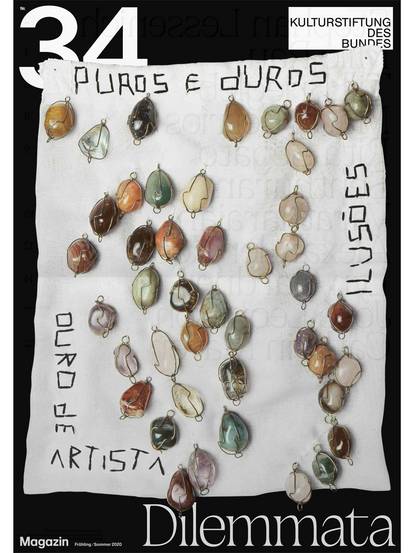
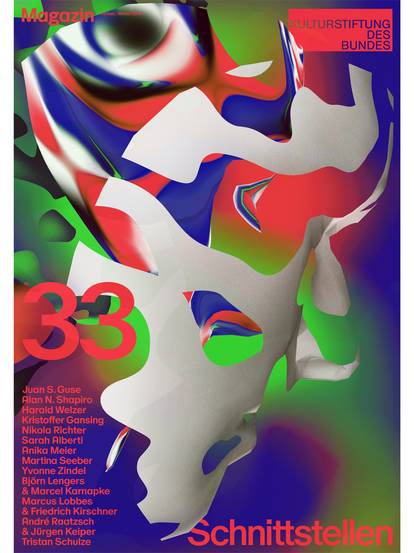
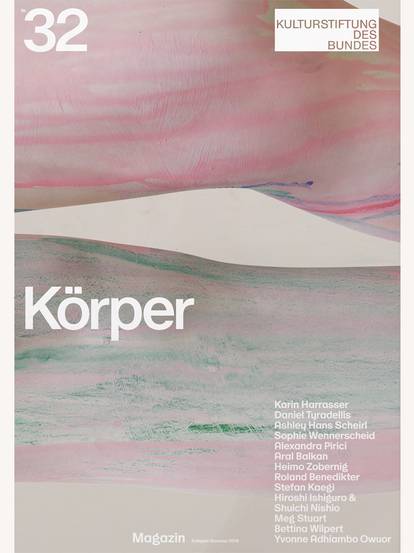
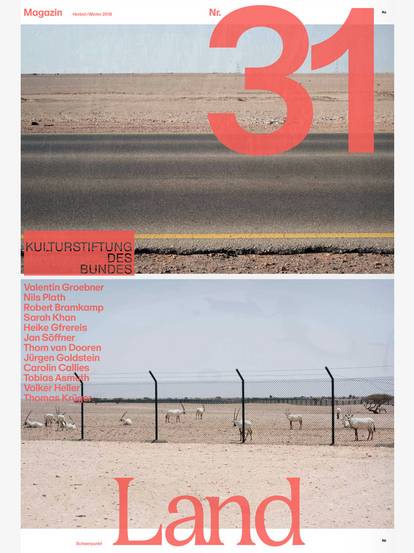
![[Translate to English:] Magazine 30](/fileadmin/_processed_/c/b/csm_magazin30_vorschau_9005f773d3.jpg)


